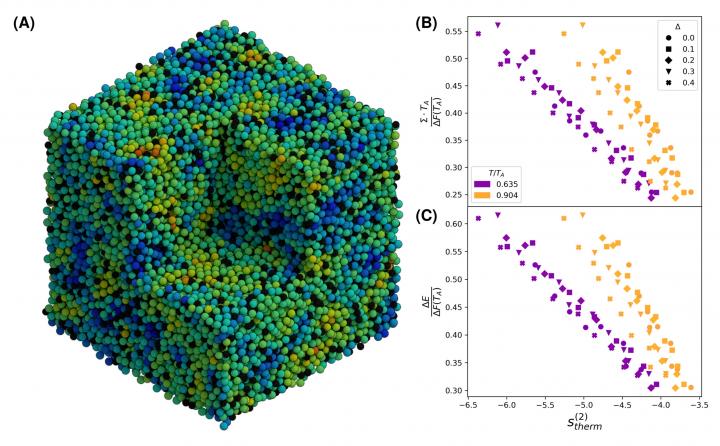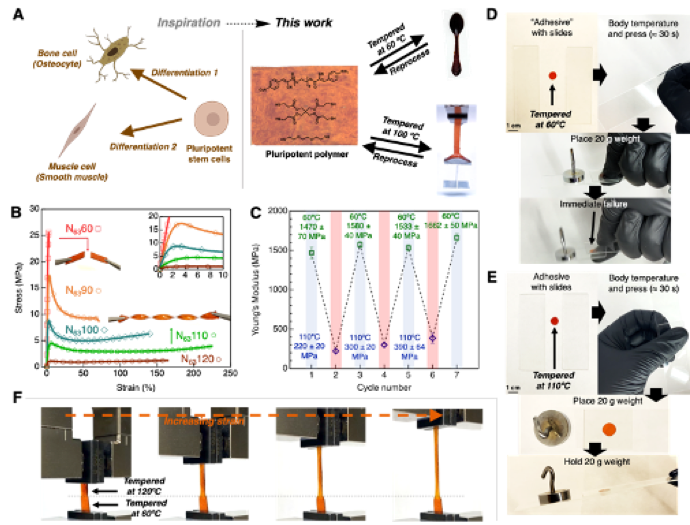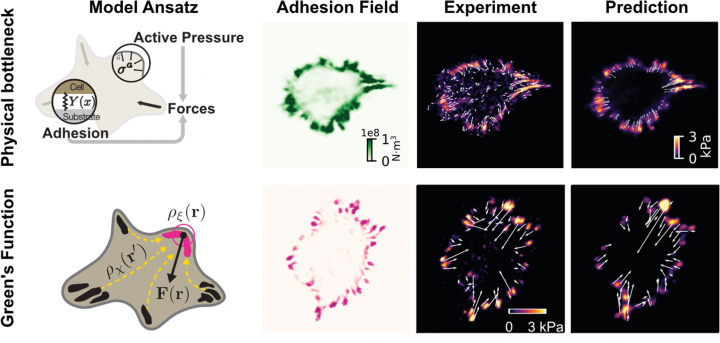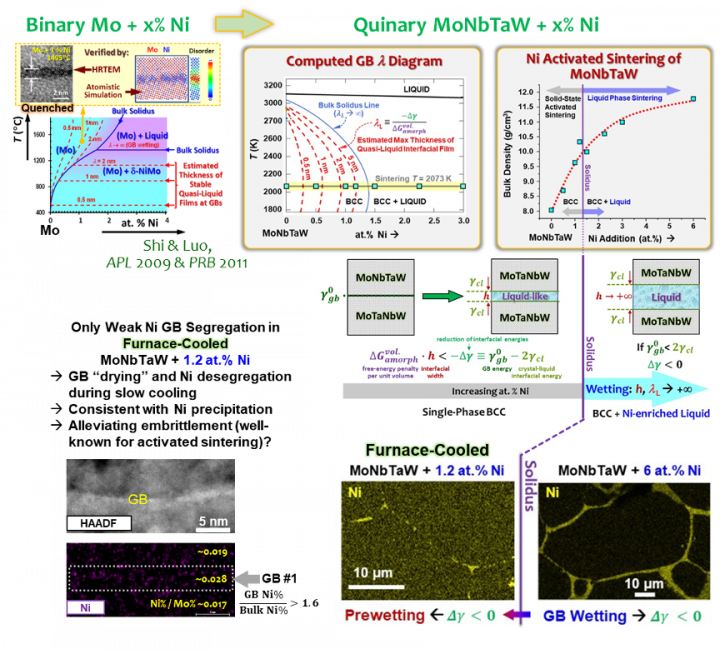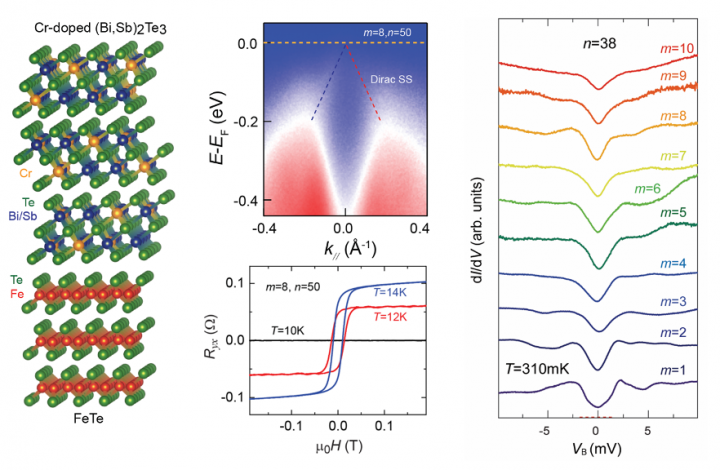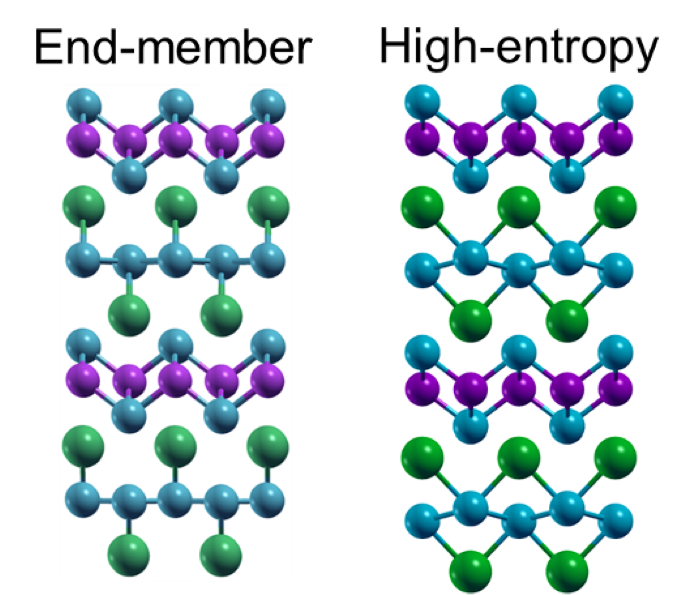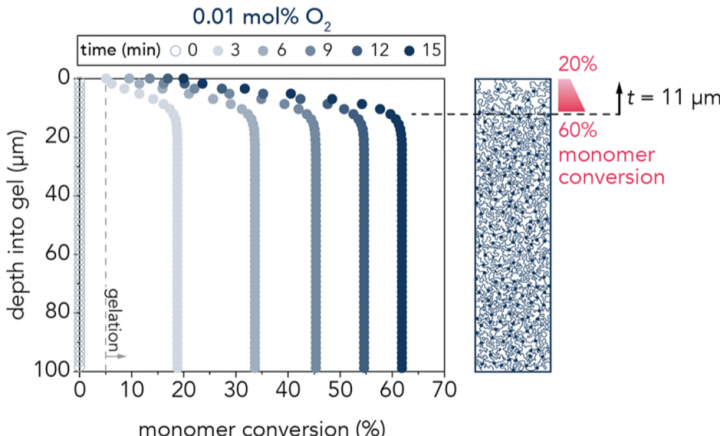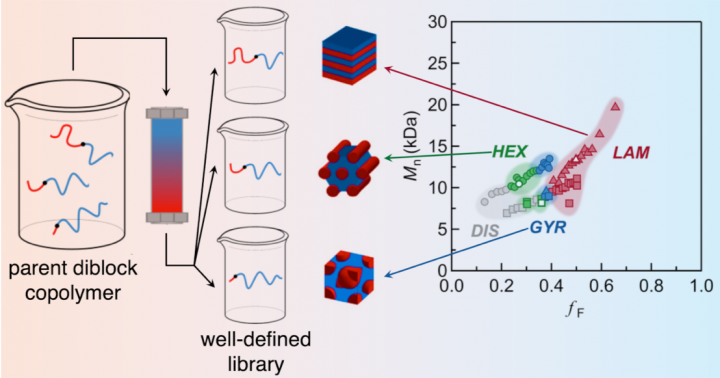The properties of glasses – disordered, amorphous materials – can be hard to predict because of this lack of long-range order and the associate properties of crystal symmetry.
Work in this IRG has developed two fundamental descriptors to describe glass properties. The first of these – softness – is a machine-learning derived descriptor that characterizes structural defects in glasses and predicts rearrangements or yield that will occur in disordered materials in response to applied loads. The second – excess entropy – is a thermodynamic quantity that is a simple function of that describes the deviation of atomic arrangements from what would be predicated from ideal gas theory.

